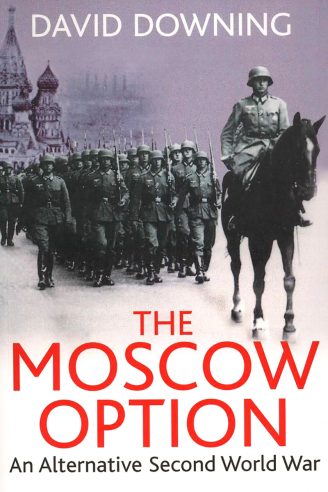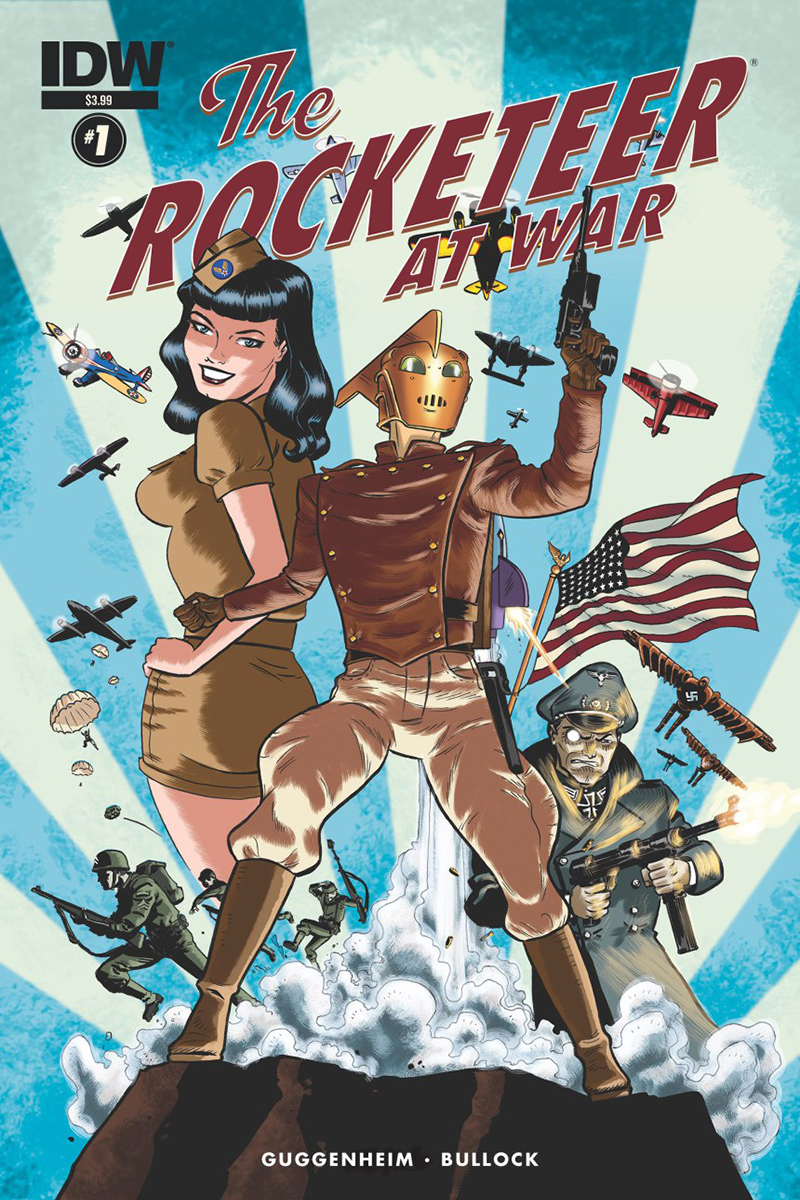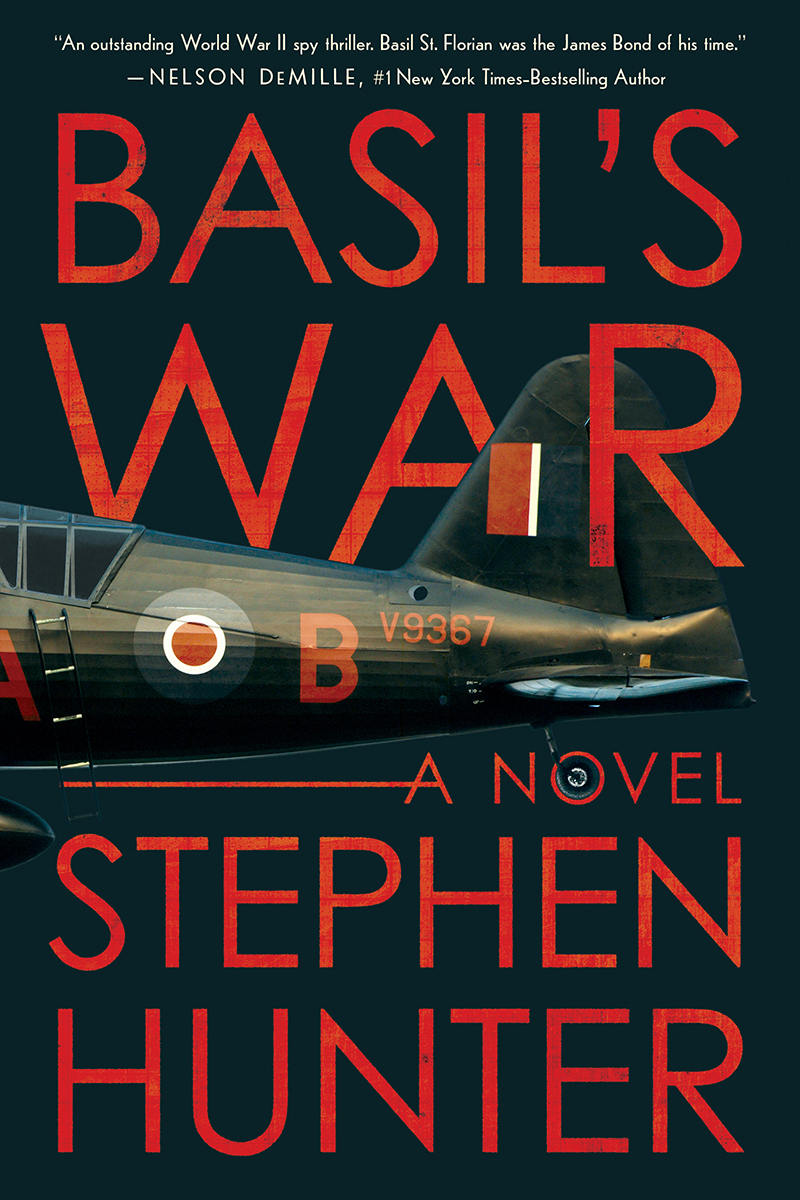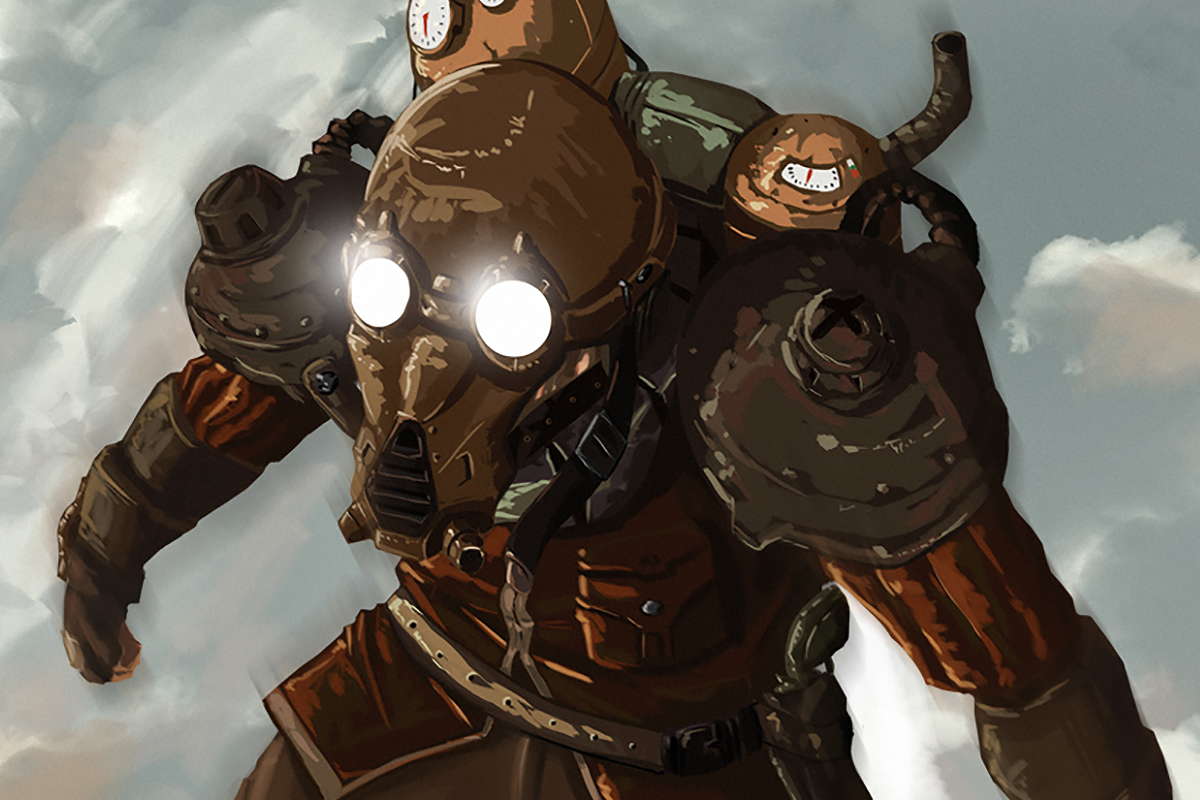While it can be fun to read alternate-history fiction, from time to time I do like to dip my toe into the more academic side of the genre and read through some of the more detailed counterfactual scenarios devised by those writing in that area, especially those titles that are structured more like historical texts. Some excellent examples that I’ve reviewed for the Sea Lion Press blog include Napoleon Victorious, by Peter G. Tsouras, and The Hitler Options, a collection of essays focused around differing scenarios that might have occurred in the Second World War.
For this review I’ve been reading another book in that style, courtesy of redoubtable publishers Frontline Books, who have once again favored us readers by heavily-discounting another tranche of their counterfactual titles. The first of that set is The Moscow Option, from none other than David Downing, legendary author of John Russel espionage series (Zoo Station, Stettin Station, etc.), set before and during the Second World War. This appears to be a title that he first had published in the mid-1970s and which was rereleased by Frontline Books in the distant past of 2001, and now converted to ebook format.
As the subtitle suggests, The Moscow Option gives us an alternate version of the conflict that sees several crucial changes be made at the highest strategic levels of the Axis powers. Those changes fundamentally alter the entire course of the war, with the book then following the conflict as it unfolds.
Downing is at pains to highlight at the beginning of the book that he only makes two changes to the historical record in order to create his new version of the conflict, and that all other changes then subsequently flow organically from those dual amendments. While the second of the two changes would be rather difficult to describe without spoiling much of the book, the first occurs in its very first pages and is delightfully cunning in the thought process behind it.
It occurs on the afternoon of the August 4, 1941, as the Führer, Adolf Hitler, is leaving the German-occupied city of Novy Borisov by aircraft to travel back to the Wolfsschanze, his personal headquarters in East Prussia. The weather worsens as the aircraft nears Rastenburg, location of the Wolfsschanze, and a combination of engine failure and poor visibility means the transport crash-lands. Several people are killed, including Field Marshal Wilhelm Keitel, and Hitler is so badly injured that he lapses into a coma as a result of severe head injuries.
So far, so common to the alternate-history genre — one of the most prolific scenarios in the genre is one where Hitler dies and is replaced by some triumvirate of Nazi officials or a military coup results in the Wehrmacht taking control of Germany.
But Downing is cunning, and avoids these tropes (which, in fairness to when it was first written, were likely either nonexistent or not yet the stale clichés they are now). Rather than dying, Hitler is merely in a long-term coma, which means that nothing drastic occurs (at least initially) and the senior Nazi hierarchy merely adapts and attempts to carry out the Führer’s wishes as best they can. The most critical change, as highlighted in the book’s title, is that the Wehrmacht persuade the hierarchy to continue the drive onto Moscow, rather than to divert toward the Ukraine and Stalingrad as happens in our reality. With a concentrated thrust toward the Russian capital retained rather than dispersed, the Soviets are helpless to prevent their capital first being encircled and besieged, and then rapidly captured.
While this does not break the Soviet will to resist or destroy their capacity to fight, the loss of such a prestigious symbol and a major transport and supply hub causes major setbacks on the Eastern Front.
From there, the timeline begins to ripple and flex as further changes occur: with a stabilized front based around Leningrad and Moscow, the Germans are able to focus on other fronts in their fight against the Allies, particularly the efforts of Rommel and the Afrika Korps in North Africa. More troops and supplies begin to flow into the Mediterranean, along with new orders, and suddenly the British forces are at an even greater disadvantage than they were in our timeline.
And, of course, these changes do not go unnoticed by the German’s Japanese allies. With the Soviets reeling backward and unable to react to anything swiftly, plans are amended as to how to deal with the Western nations and their holdings in Southeast Asia that would benefit the Greater Asia Co-Prosperity Sphere. Aided by Downing’s second change to the historical record, an intelligence coup that radically changes the ability of both the Americans and Japanese to react to the movement of naval forces in the Pacific, the course of the conflict is fundamentally altered on both fronts to the detriment of the Allied powers.
It should be noted that this is not a Tsouras-style Nazi Victory scenario, nor a title where The Unbeatable Axis Powers Reign Supreme. Mistakes are still made on the strategic and operation level by both sides, and while things do get far, far worse for the Allies as the novel unfolds, the basic principles of logistics and manpower have not been altered by Downing in any way. The Third Reich still has an issue with corruption, inefficiency and resource depletion, especially once Hitler recovers from his coma and reviews the decisions made by his generals in his absence. Imperial Japan still faces in the United States an ever-growing superpower that can drastically out-produce them. Rather than an outright Axis Victory scenario, what Downing has produced is a far more subtle and nuanced take on the conflict, where two major (yet entirely plausible) changes create a far different tempo as events unfold.
There are some thrilling battles and campaigns that take place in this new reality, including a nail-biting airborne campaign launched against the beleaguered bastion of Malta and risky operations by the Japanese against the Soviets, both of which show Downing’s imagination and innate familiarity with the theoretical campaigns that could have been launched by the Axis if circumstances had allowed.
That nuance and subtlety is one of the things that makes The Moscow Option such an enjoyable read, but the other is the interesting manner in which Downing has actually written the book. It is neither an outright historical textbook, of the style pioneered by Tsouras and his fellows, yet neither is it quite a character-focused novel. Instead, we get a rather unique kind of hybrid — an omniscient narrator that breezily moves the plot forward, effortlessly dipping between the strategic and operational levels of the conflict as it relentlessly grinds forward. Downing is able to discuss more academic-style details such as troop movements, divisional and army dispositions without ever becoming boring or bogged-down in “rivet-counting”; and my colleague Colin Salt, who reviews World War III alternate history, would perhaps be astonished at the way Downing even makes lengthy conference scenes seem engaging and even pithy at times.
It all makes for a thoroughly enjoyable book that comfortably sits astride both sides of the alternate-history genre and makes The Moscow Option perhaps the most unique title I’ve ever read in the genre as a whole. It’s a remarkable achievement by Downing, and it is a great loss to the alternate-history genre (and a great gain to the espionage thriller genre) that he never wrote any other such titles.
This story was originally published by Sea Lion Press, the world’s first publishing house dedicated to alternate history.





